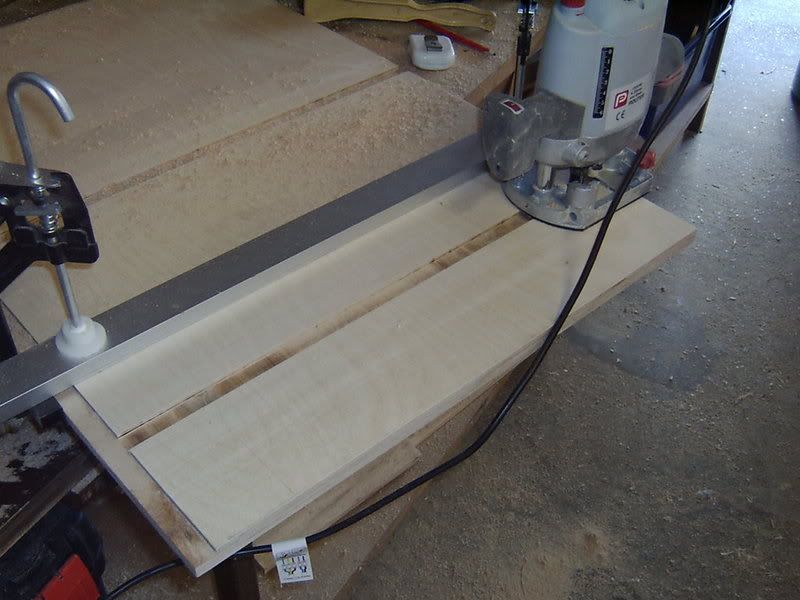wizer
Established Member
- Joined
- 3 Mar 2005
- Messages
- 15,589
- Reaction score
- 1
Just a quicky.
I am about to cut a large amount of dados using a router and guide.
Questions is, should I try to find a bit that matches the board thickness (18mm) OR use a smaller bit and reposition the guide on each cut to achieve the exact width?
Reason I ask is that I believe 18mm ply is not always exactly 18mm
I am about to cut a large amount of dados using a router and guide.
Questions is, should I try to find a bit that matches the board thickness (18mm) OR use a smaller bit and reposition the guide on each cut to achieve the exact width?
Reason I ask is that I believe 18mm ply is not always exactly 18mm





































